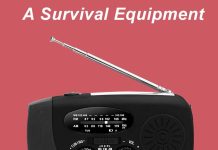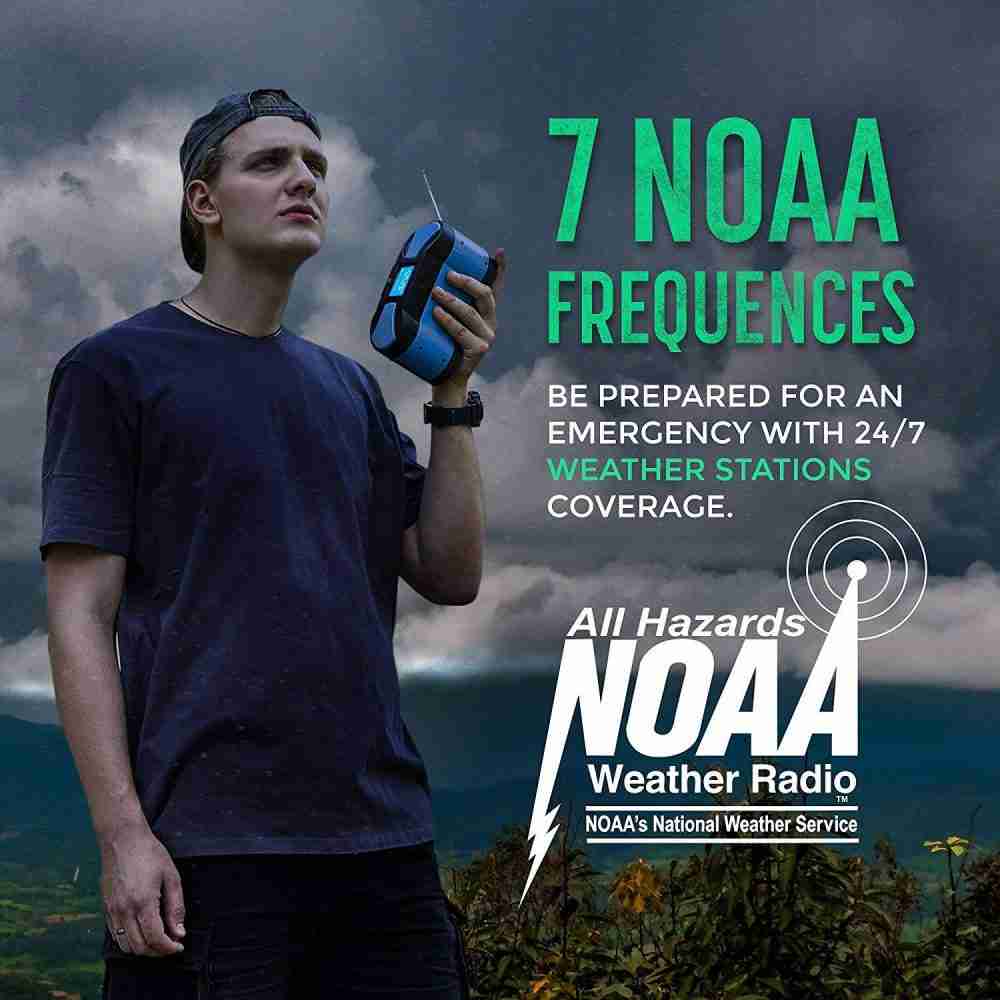When it comes to enjoying the great outdoors, there’s nothing quite like gathering around a crackling campfire. The warmth, the cozy ambiance, the roasted marshmallows – it’s all a part of the camping experience. However, it’s important to remember that while campfires can bring joy, they also come with risks. That’s why we’re here to share some essential campfire safety tips to ensure that your outdoor adventures remain fun and hazard-free. So, whether you’re a seasoned outdoor enthusiast or a camping novice, read on to discover how to stay safe around an open flame.
Campfire Safety Tips
Camping is a truly magical experience, especially when it involves gathering around a warm and crackling campfire. The flickering flames, the smell of burning wood, and the cozy atmosphere can bring us closer together and create memories that will last a lifetime. However, it is essential to prioritize safety when enjoying a campfire to ensure that everyone has a fantastic time without any accidents. In this guide, we will share essential campfire safety tips to help you make the most of your campfire experience while keeping yourself and others safe.
Choosing the Right Location
Selecting the right location for your campfire is the first step in ensuring a safe and enjoyable experience. When choosing a spot, consider the following guidelines:
- Find a designated fire pit or a previously used fire ring. These areas are specifically designed to contain the fire and reduce the risk of it spreading.
- Keep a safe distance from any flammable materials, such as dry grass, shrubs, or overhanging tree branches. A minimum of 15 feet of clearance is recommended.
- Avoid areas prone to strong winds, as they can cause the fire to spread rapidly and become uncontrollable.
- If camping in a designated campground, adhere to the rules and regulations regarding campfire locations. Camping authorities often provide designated fire pit areas for campers to ensure safety.
By following these guidelines, you can choose the right location for your campfire, minimizing the risk of accidents or damage to the surrounding environment.
Preparing the Campfire Site
Preparing the campfire site is crucial to prevent accidents and control the fire effectively. Here are some steps to follow when preparing your campfire site:
- Clear the area around the fire pit from any leaves, twigs, or debris that could catch fire.
- Dig a shallow pit, around one foot deep, to serve as the fire bed. This will contain the fire and keep it from spreading.
- Circle the pit with rocks or a metal fire ring, ensuring that they are stable and secure.
- Place a non-flammable material, such as a tarp or a layer of sand, around the fire pit to further contain the fire and prevent it from spreading.
By taking these preparatory measures, you can create a safe and contained area for your campfire, reducing the risk of accidents and ensuring that the fire remains under control.
Controlling the Campfire
Once the campfire is lit, it is essential to maintain control over it to prevent accidents and ensure the safety of all participants. Here are some tips for controlling the campfire:
- Never leave the campfire unattended. Assign someone responsible for watching the fire at all times.
- Keep a bucket of water, a shovel, and a fire extinguisher nearby to quickly extinguish the fire if needed.
- Avoid building the fire too large or using excessive amounts of flammable materials. A well-controlled fire is easier to manage and poses less risk.
- Encourage everyone to sit a safe distance away from the fire. Establish a clear boundary to ensure that no one accidentally falls or gets too close to the flames.
- Educate everyone present about fire safety and the importance of respecting the boundaries set for the campfire.
By implementing these measures, you can maintain control over the campfire, reducing the risk of accidents and promoting a safe and enjoyable atmosphere for everyone involved.
Fire Safety Equipment
Having the right fire safety equipment is essential for a safe campfire experience. Here are some crucial items to have on hand:
- Fire extinguisher: Make sure your fire extinguisher is easily accessible and in working condition. Familiarize yourself with how to use it effectively.
- Water bucket and shovel: Keep a filled water bucket and a shovel nearby to control the fire, extinguish embers, and prevent the fire from spreading.
- First aid kit: Accidents can happen anywhere, so having a well-stocked first aid kit is essential for treating minor burns or injuries.
- Fire-resistant gloves: These gloves can protect your hands when handling hot utensils, logs, or while tending to the fire.
- Fire blanket: A fire blanket can be used to smother small flames quickly and safely.
By having these essential fire safety equipment items readily available, you can promptly respond to any potential hazards and keep everyone safe at all times.
Building and Lighting the Campfire
Building and lighting a campfire may seem simple, but it requires careful attention to detail to ensure it starts successfully and remains controlled. Follow these steps to build and light your campfire safely:
- Gather dry twigs, kindling, and firewood of varying sizes. It is recommended to use local firewood rather than transporting it from another region to prevent the spread of pests or diseases.
- Create a small teepee or cone shape with your kindling in the fire pit, leaving enough space in the center for airflow.
- Light the kindling from multiple sides using matches or a lighter. Avoid using flammable liquids or gasoline as they can cause uncontrollable fires.
- Gradually add larger pieces of firewood once the kindling has caught fire.
- Ensure proper airflow by leaving spaces between the logs, allowing the fire to burn efficiently.
- Let the fire burn down to a manageable size before using it for cooking or other activities.
- Regularly add smaller pieces of firewood to maintain the flame and keep the fire at a safe and controlled level.
By following these steps, you can build and light your campfire safely, creating a warm and inviting atmosphere without compromising on personal safety.
Maintaining the Campfire
Properly maintaining the campfire is vital to prevent accidents and ensure that it remains under control throughout your camping adventure. Here are some essential tips for maintaining the campfire:
- Avoid leaving the fire unattended, even for a short period. It is crucial to have someone responsible for supervising the campfire at all times.
- Regularly add smaller pieces of firewood to maintain the flame and prevent it from dying out or becoming too large.
- Use a long stick or tongs to move logs and adjust the fire as needed.
- Remove any burning embers or debris that may fall outside the fire pit to prevent them from igniting the surrounding area.
- Encourage everyone to be cautious when maneuvering around the campfire, reminding them to watch their step and avoid getting too close to the flames.
By adhering to these maintenance guidelines, you can enjoy a controlled and safe campfire experience, allowing everyone to relax and unwind without any unnecessary concerns.
Putting Out the Campfire
The campfire should always be extinguished properly before leaving the campsite or going to bed. Follow these steps to extinguish the campfire thoroughly:
- Gradually reduce the size of the fire by adding smaller pieces of firewood until it diminishes.
- Use a shovel to spread the remaining embers within the fire pit, ensuring that they are evenly distributed.
- Pour water over the fire pit, starting from the edges and working towards the center. Continue pouring water until all the embers are completely extinguished.
- Stir the ash and embers with a shovel to further cool them down and ensure complete extinguishment.
- Repeat the process of pouring water and stirring the ash until there are no visible signs of smoke or heat.
- Use the back of your hand to feel for any residual warmth around the fire pit. If it feels warm, continue the extinguishing process.
- Once the fire is completely extinguished and the ashes are cool to the touch, thoroughly soak the fire pit area with water to prevent any reignition.
By following these steps, you can effectively and responsibly extinguish the campfire, reducing the risk of accidental fires and ensuring the safety of the surrounding environment.
Children and Campfire Safety
When enjoying a campfire with children, it is crucial to prioritize their safety and educate them about fire safety guidelines. Here are some tips to ensure that children remain safe around the campfire:
- Teach children about the dangers of fire and the importance of following safety rules.
- Establish clear boundaries and ensure that children understand the consequences of crossing them.
- Assign responsible adults to supervise the children around the campfire at all times.
- Encourage children to sit a safe distance away from the fire and not to play or run around the fire pit.
- Teach children to never add flammable materials, such as leaves or paper, to the campfire.
- Instruct children on the proper way to extinguish the campfire and make sure they understand its importance.
By implementing these safety measures, you can create a safe environment for children to enjoy the campfire experience while minimizing potential risks.
Wildlife and Campfires
While campfires can enhance our camping experience, it is essential to consider their impact on wildlife and the environment. Here are some guidelines to follow regarding wildlife and campfires:
- Respect wildlife habitats and avoid building campfires in sensitive areas.
- Do not feed wildlife or leave food scraps around the campfire area, as it can attract animals and disrupt their natural behavior.
- Keep a safe distance from any wildlife that may be in the vicinity of your campsite.
- Dispose of all trash, including food waste, properly to prevent attracting wildlife to the campfire area.
By being mindful of wildlife and their habitats, we can enjoy our campfires responsibly and help protect the natural beauty that surrounds us.
Emergency Preparedness
No matter how prepared we are, emergencies can still occur. Being prepared for unforeseen circumstances is crucial for everyone’s safety. Here are some emergency preparedness tips to keep in mind:
- Familiarize yourself with the campsite’s emergency protocols and contact information for nearby medical facilities or emergency services.
- Carry a fully charged mobile phone or have an alternative communication method in case of emergencies.
- Have a well-stocked first aid kit readily available and know how to use it effectively.
- Educate everyone in your group on basic first aid procedures and what to do in case of accidents or injuries.
- Prepare a list of emergency contacts, including local authorities, nearby hospitals, and the campground host’s contact information.
- Stay informed about weather conditions and be prepared to evacuate the campsite if necessary.
By being proactive and taking the necessary steps to prepare for emergencies, we can ensure the safety and well-being of everyone involved in the camping trip.
In conclusion, campfires are a cherished tradition that brings us closer to nature and creates lasting memories. By following these comprehensive campfire safety tips, we can enjoy the warmth and magic of a campfire while keeping ourselves, others, and the environment safe. So gather your loved ones, grab some marshmallows, and let’s embark on an unforgettable camping adventure, taking every precaution to make it a safe and enjoyable experience. Happy camping!







































